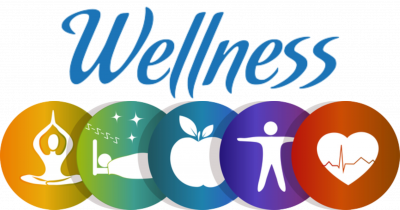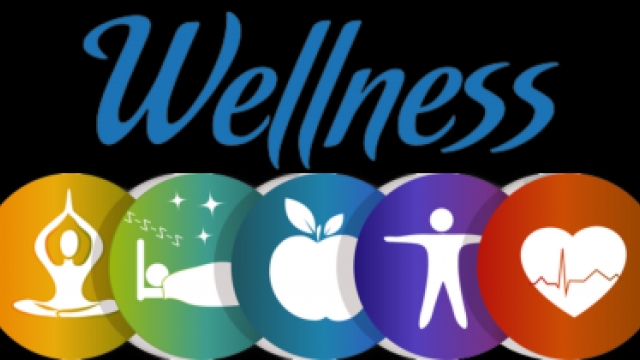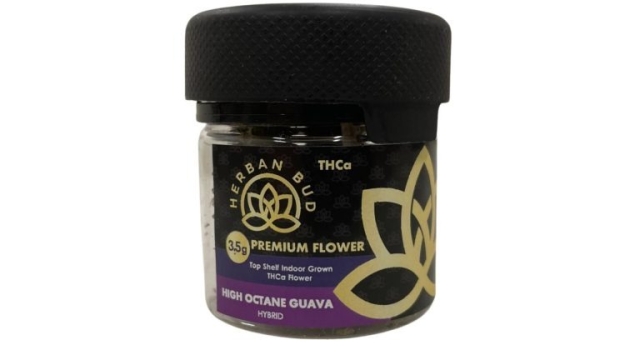Living a life of optimal health and wellness is a goal that many of us strive to achieve. In today’s fast-paced and demanding world, it can be challenging to prioritize our well-being. However, taking care of our physical, mental, and emotional health is paramount for leading a fulfilling and meaningful life.
Health and wellness encompass a broad spectrum of factors, including our physical fitness, nutrition, mental well-being, and the ability to manage stress effectively. It is not just about the absence of illness or disease, but rather about nurturing and enhancing our overall quality of life. By making conscious choices and adopting healthy habits, we can proactively take control of our well-being, enabling us to thrive and experience life to its fullest potential.
In this comprehensive guide, we will explore various aspects of health and wellness, providing you with the tools, knowledge, and strategies to achieve optimal well-being. From exercise routines and nutrition tips to stress management techniques and mindful practices, we will delve into the many dimensions of leading a healthy and balanced life. So, whether you are looking to kickstart your wellness journey or simply seeking guidance to deepen your existing practices, let’s embark on this transformative adventure together. Get ready to unlock your full potential and embrace a life of vibrant health and wellness.
1. Maintaining a Balanced Diet
Our overall health and wellness greatly depends on the quality and balance of the food we consume daily. A balanced diet is essential for providing our bodies with the necessary nutrients, vitamins, and minerals to function optimally. It is important to make conscious choices when it comes to our eating habits and prioritize nutrient-dense foods.
Include a variety of fruits and vegetables in your diet: Incorporating a wide range of colorful fruits and vegetables into your meals ensures that your body receives a diverse array of essential nutrients. These foods are rich in vitamins, minerals, and antioxidants that promote good health and help protect against various diseases.
Choose whole grains over refined grains: Whole grains such as brown rice, quinoa, and whole wheat bread are more beneficial for our health compared to refined grains. They are packed with fiber, which aids in digestion, regulates blood sugar levels, and keeps us feeling full for longer periods. Additionally, whole grains contain important nutrients like B vitamins and minerals that contribute to overall well-being.
Prioritize lean proteins: Including lean sources of protein in your diet like chicken, fish, tofu, lentils, and beans can provide essential amino acids necessary for muscle growth and repair. These protein sources are typically lower in saturated fats, making them healthier choices for maintaining a balanced diet. It’s also important to limit the intake of processed meats as they tend to be high in sodium and unhealthy fats.

By consistently maintaining a balanced diet that includes a variety of fruits, vegetables, whole grains, and lean proteins, you can support your overall health and wellness. Remember to make mindful choices and listen to your body’s needs.
2. Incorporating Regular Exercise
Regular exercise is vital for maintaining optimal health and wellness. It plays a significant role in keeping our bodies strong and our minds sharp. Engaging in physical activity not only helps us maintain a healthy weight but also reduces the risk of chronic diseases such as heart disease, diabetes, and certain types of cancers.
When it comes to incorporating regular exercise into your routine, it’s important to find activities that you enjoy. Whether it’s going for a run, joining a dance class, or playing a sport, finding something you love will make it easier to stay motivated and committed to your fitness goals. Remember, exercise doesn’t have to be a chore – it can be fun and entertaining!
Additionally, it’s important to incorporate both cardiovascular exercises and strength training into your workout routine. Cardiovascular exercises, such as jogging or cycling, help improve heart and lung health, while strength training exercises, such as lifting weights or doing bodyweight exercises, help build and maintain muscle mass. Finding a balance between the two will ensure you’re getting a well-rounded workout.
In conclusion, incorporating regular exercise into your daily life is crucial for achieving optimal health and wellness. Find activities that you enjoy, balance cardiovascular and strength training exercises, and most importantly, stay consistent. Remember, small steps can lead to big changes when it comes to improving your overall well-being.
3. Prioritizing Mental Wellbeing
Taking care of our mental wellbeing is just as important as maintaining our physical health. It is crucial to prioritize self-care practices that promote mental wellness. Here are a few strategies to consider:
Practice mindfulness: Engaging in mindfulness activities can help us stay present and reduce stress. Mindfulness can be as simple as taking a few minutes each day to focus on our breath, or engaging in activities that bring us joy and peace. By being aware of our thoughts and feelings in the present moment, we can cultivate a sense of calm and enhance our overall mental wellbeing.
Create a support system: Surrounding ourselves with a strong support system is essential for our mental health. This may include family, friends, or even joining support groups or online communities that share similar interests or experiences. Having a support network can provide a sense of belonging, offer guidance during challenging times, and serve as a source of emotional support.
Sports Massage SingaporeTake breaks and set boundaries: In today’s fast-paced world, it’s easy to become overwhelmed and neglect our mental wellbeing. Taking regular breaks and setting boundaries is crucial for maintaining balance and preventing burnout. Whether it’s setting aside time for leisure activities, practicing relaxation techniques, or simply disconnecting from work or social media, carving out moments for ourselves allows us to recharge and prioritize our mental health.
Remember, mental wellbeing is a journey, and everyone’s needs may vary. It’s important to explore different techniques and strategies that resonate with us individually. By prioritizing our mental wellbeing, we can enhance our overall quality of life and achieve a sense of balance and fulfillment.


